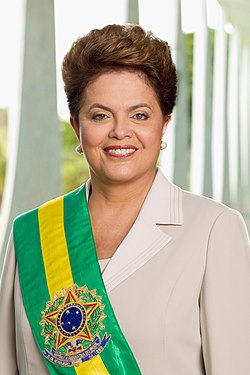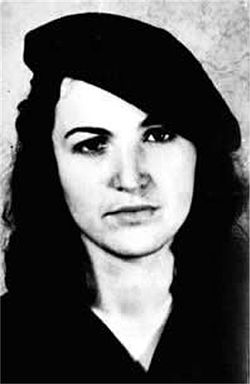| Part of a series on |
| Women in society |
|---|
 |
This list is about women in warfare and the military from 1945 to 1999, worldwide.
Contents
For the United States specifically, see Timeline of women in warfare in the United States from 1950 to 1999 . Also see Women in the Vietnam War.
















